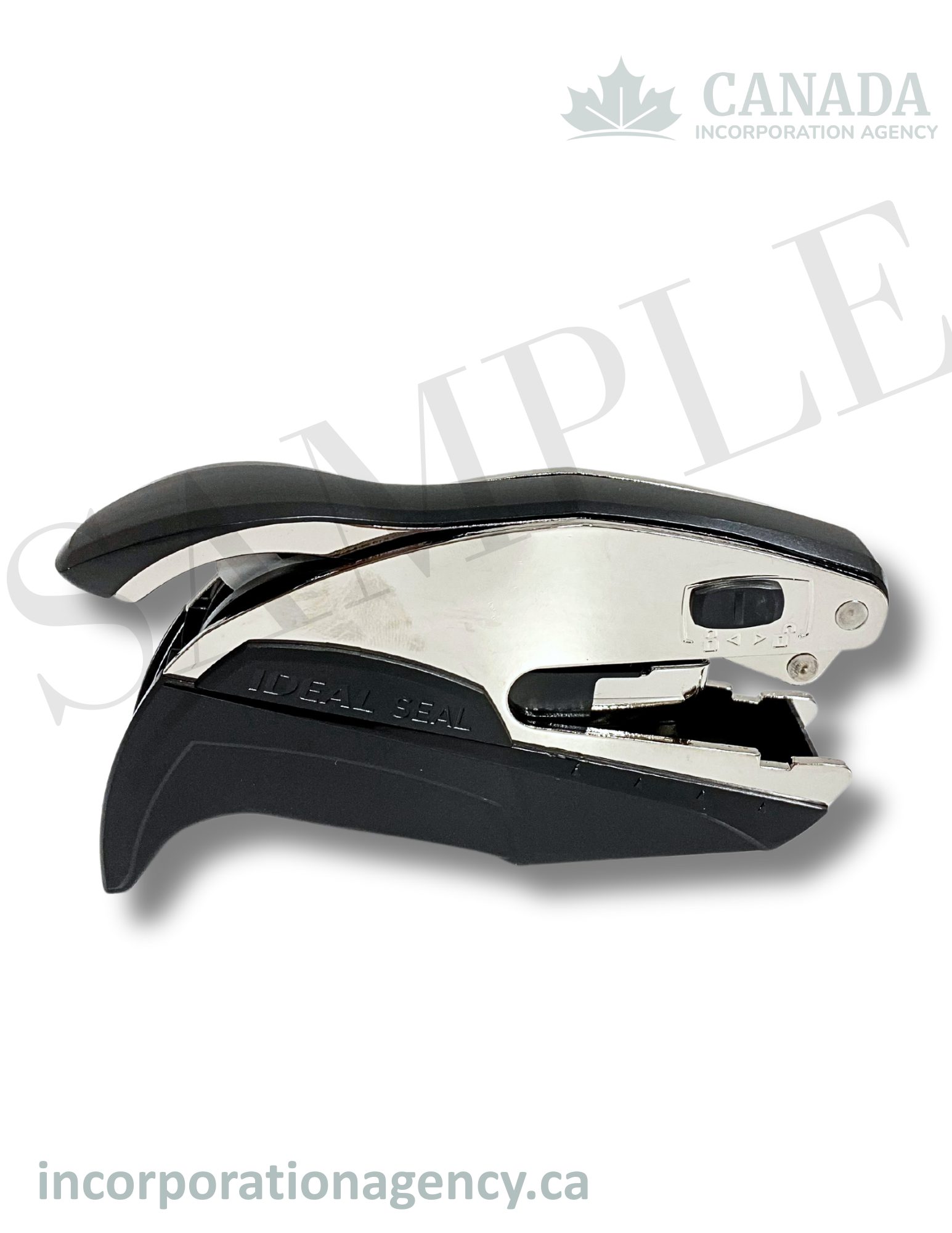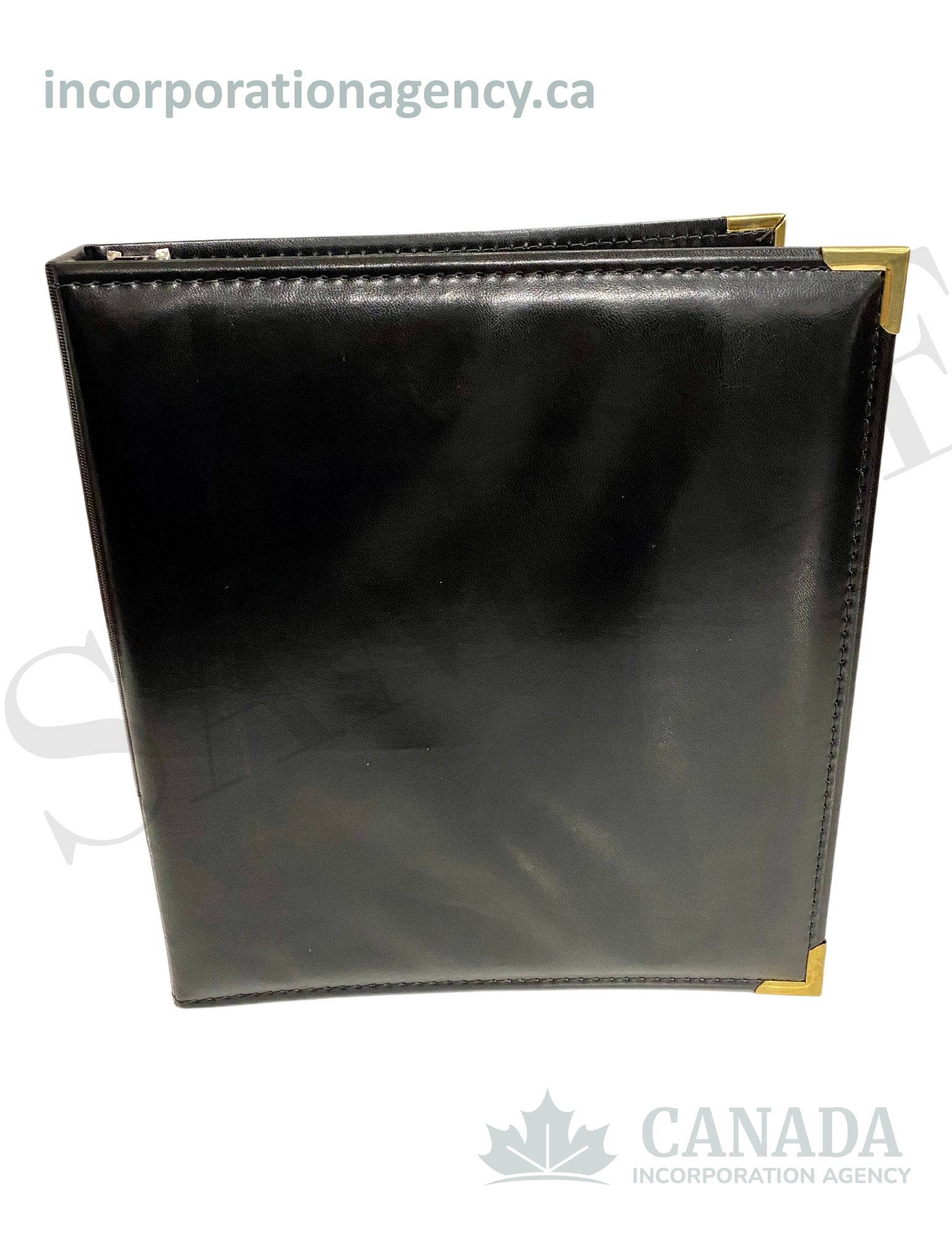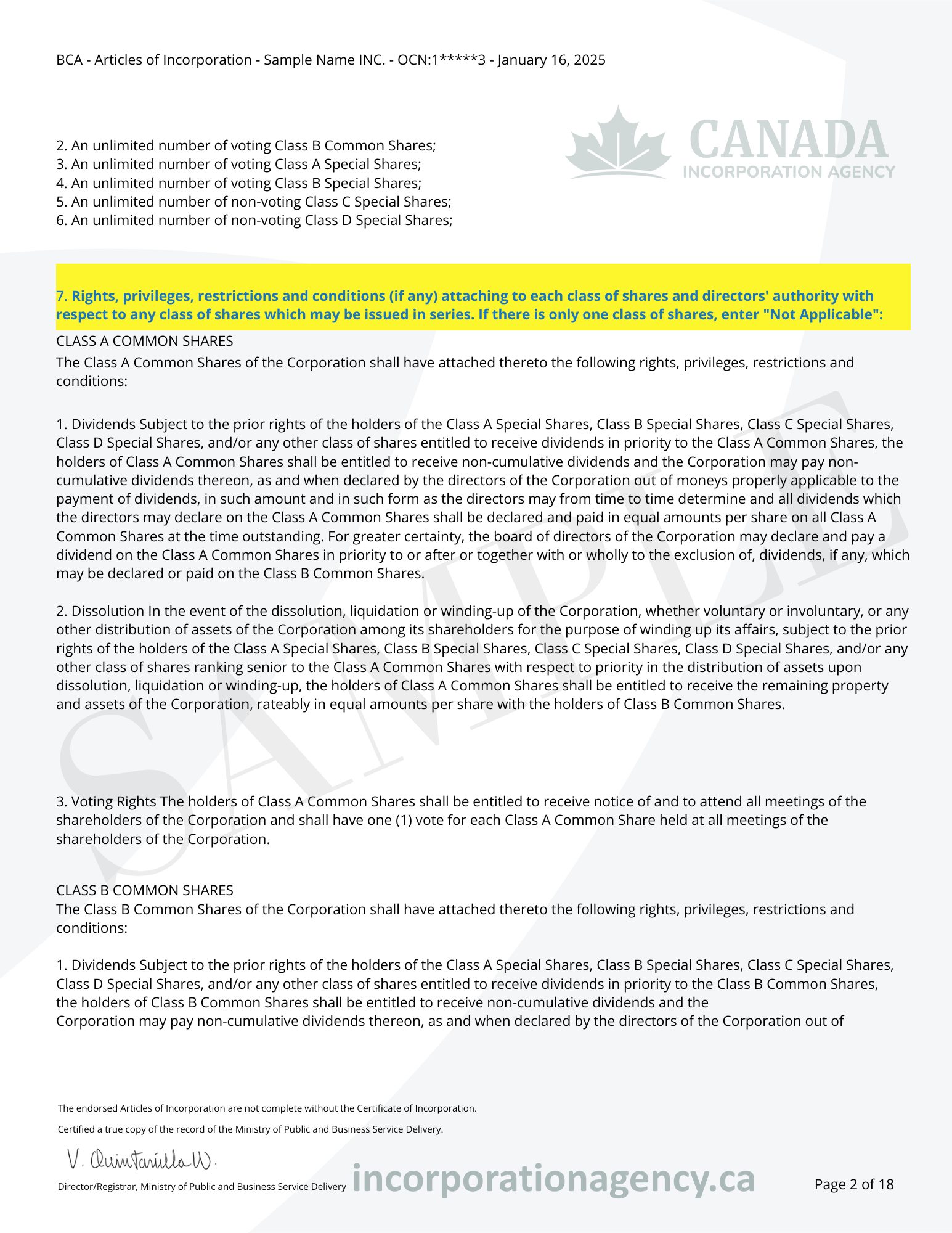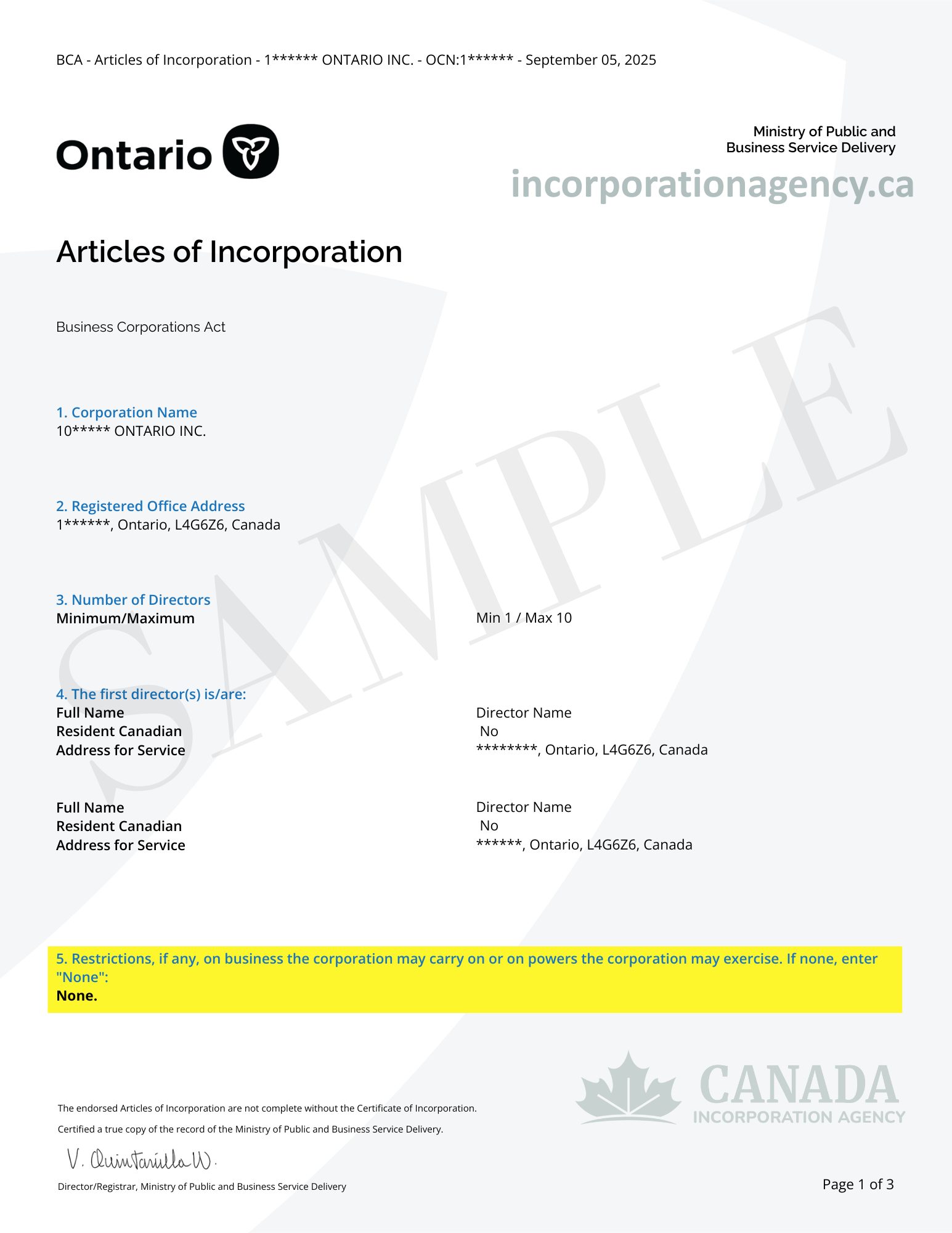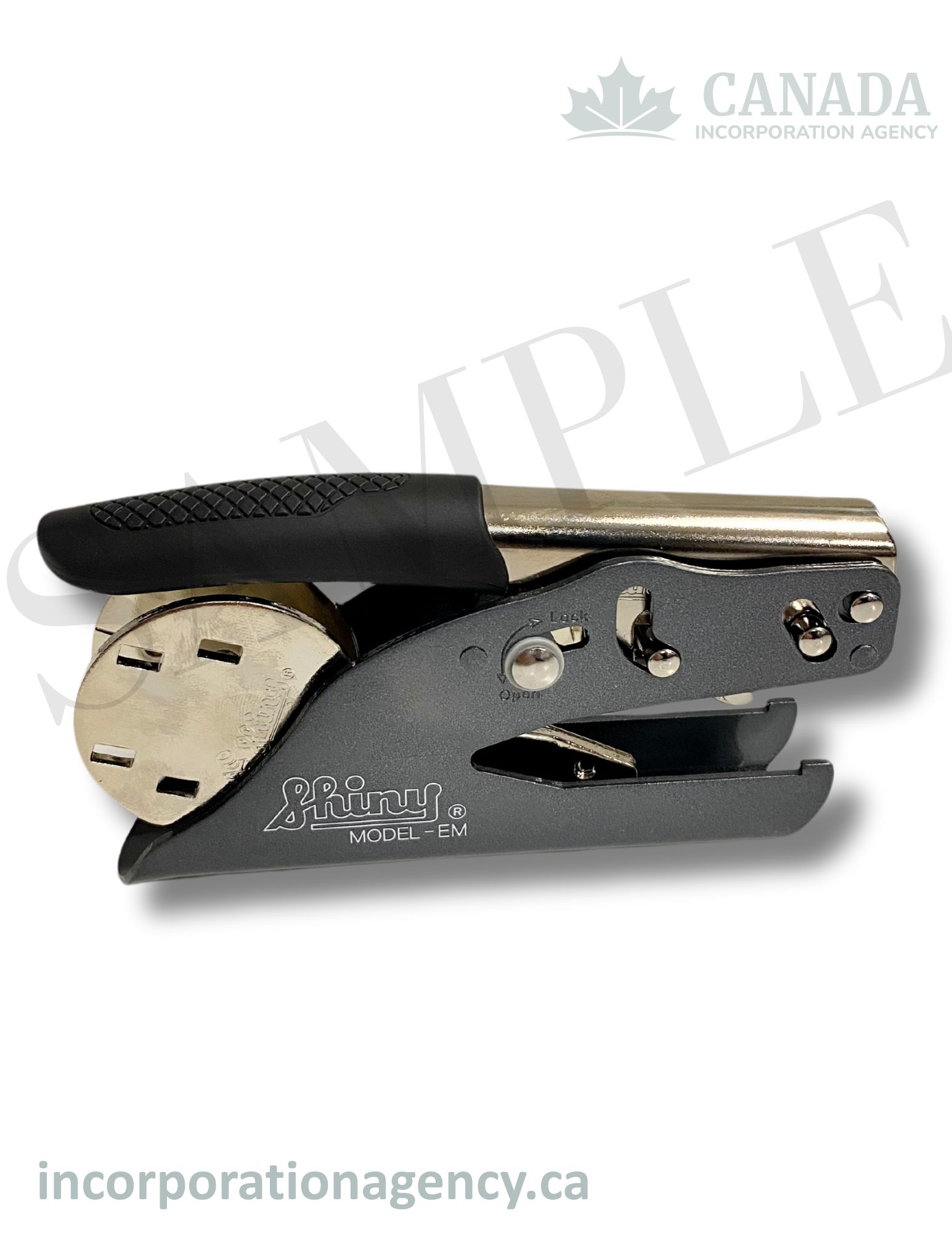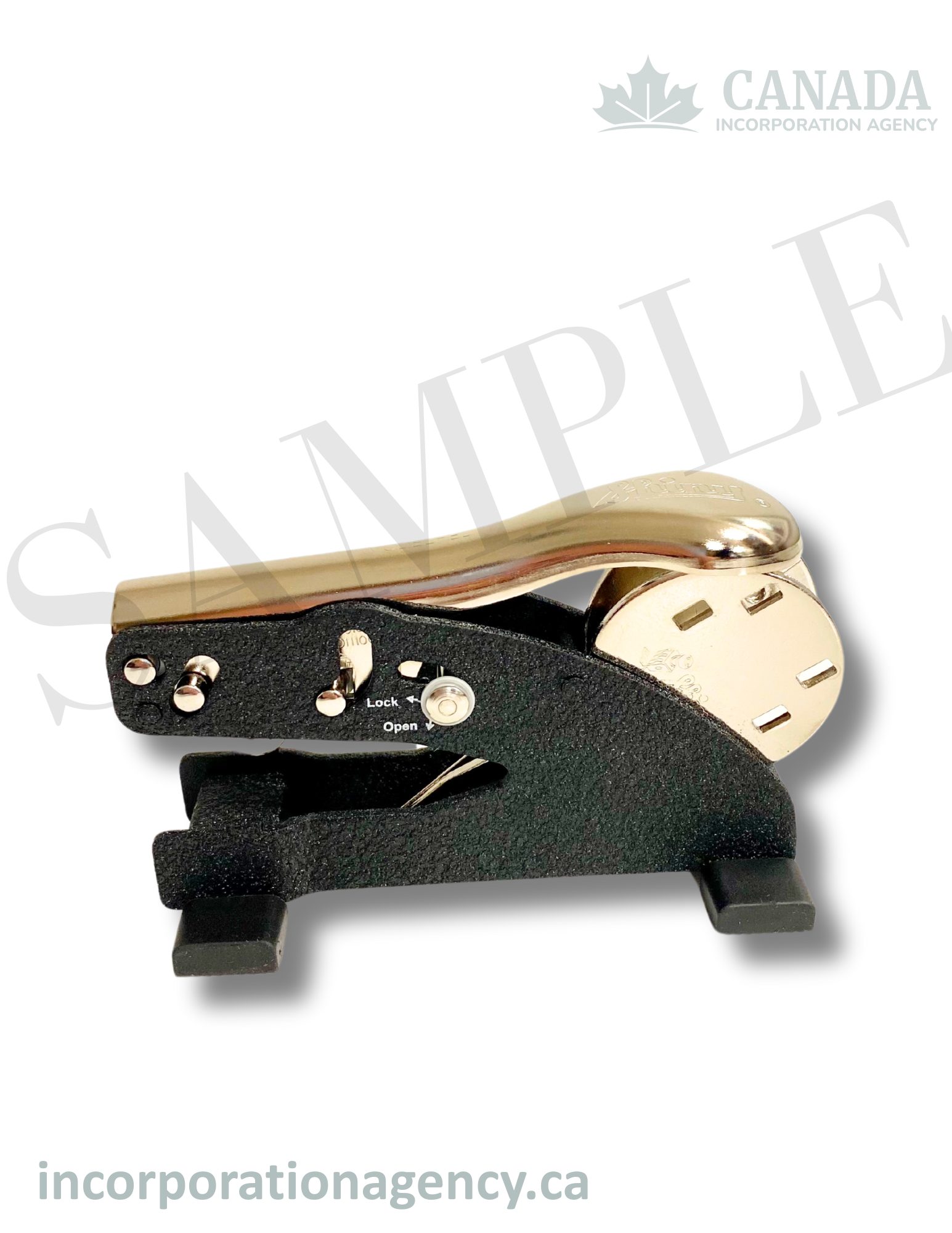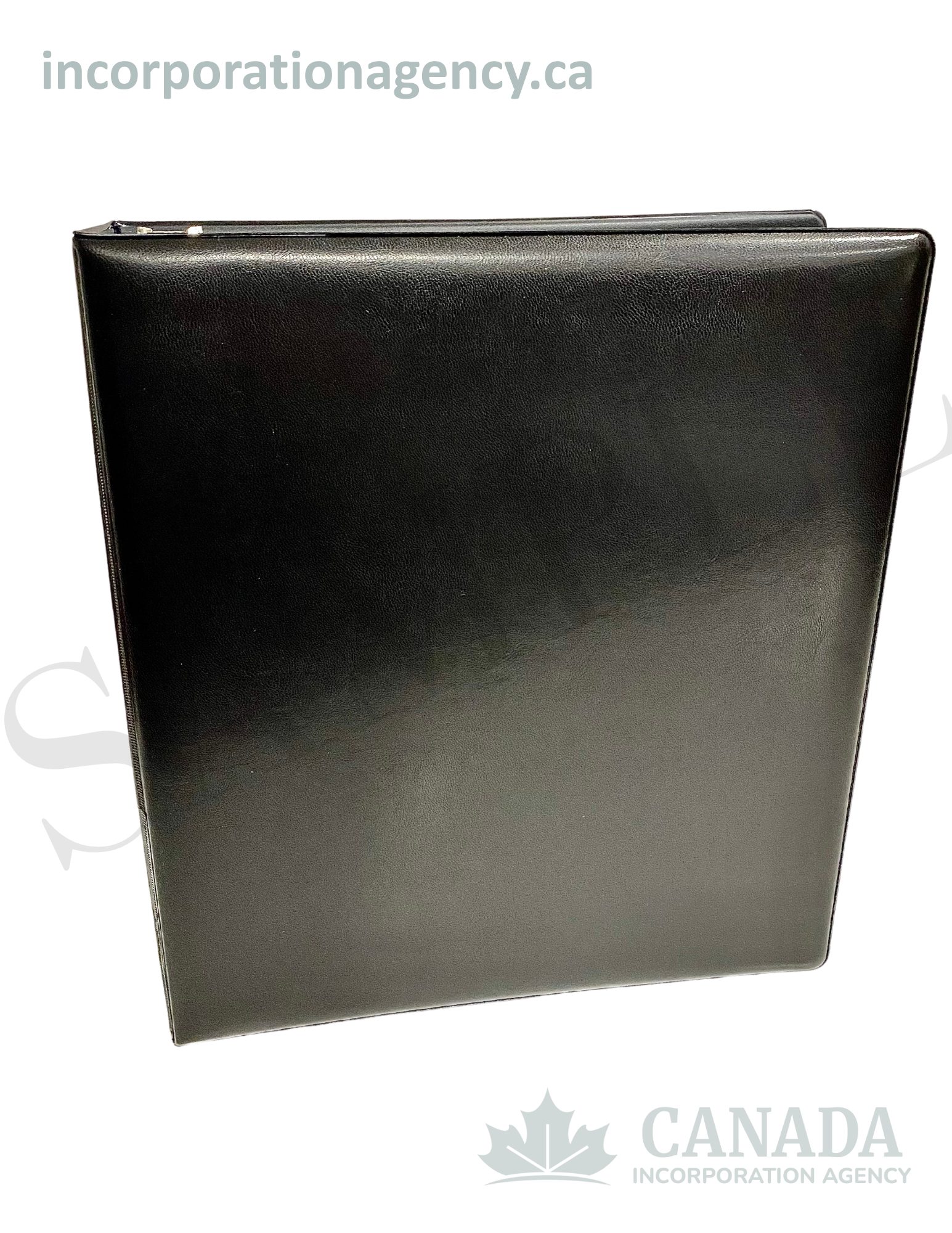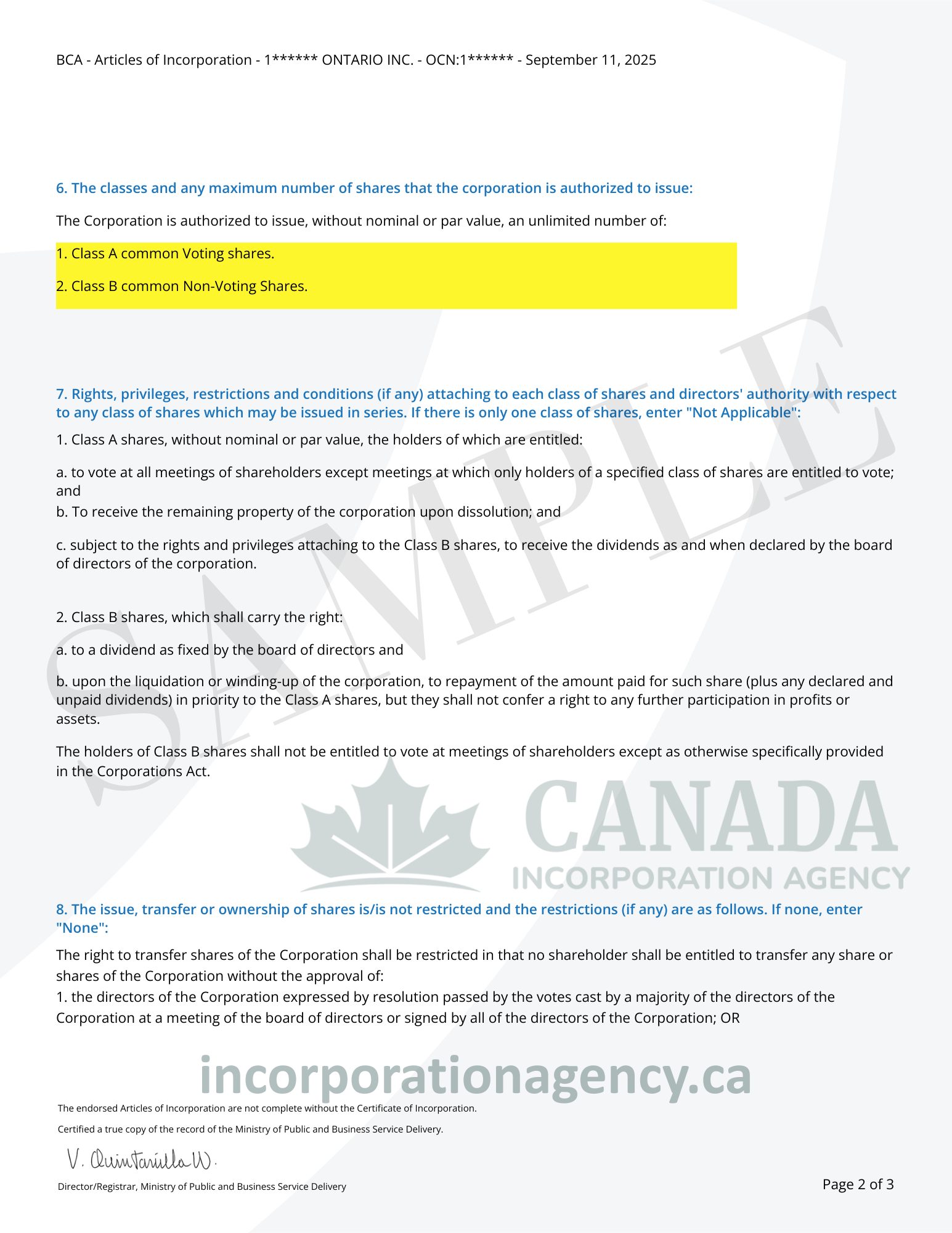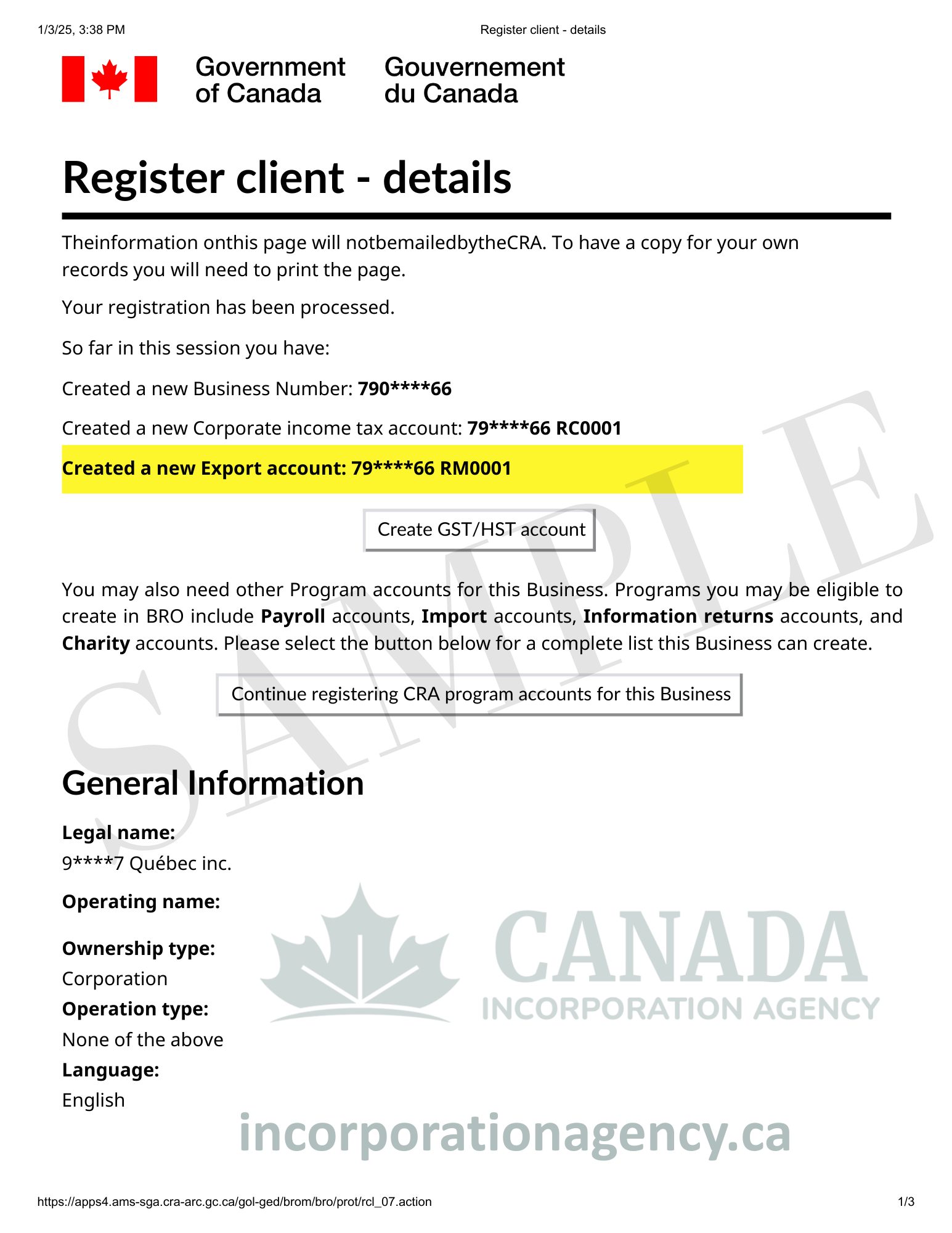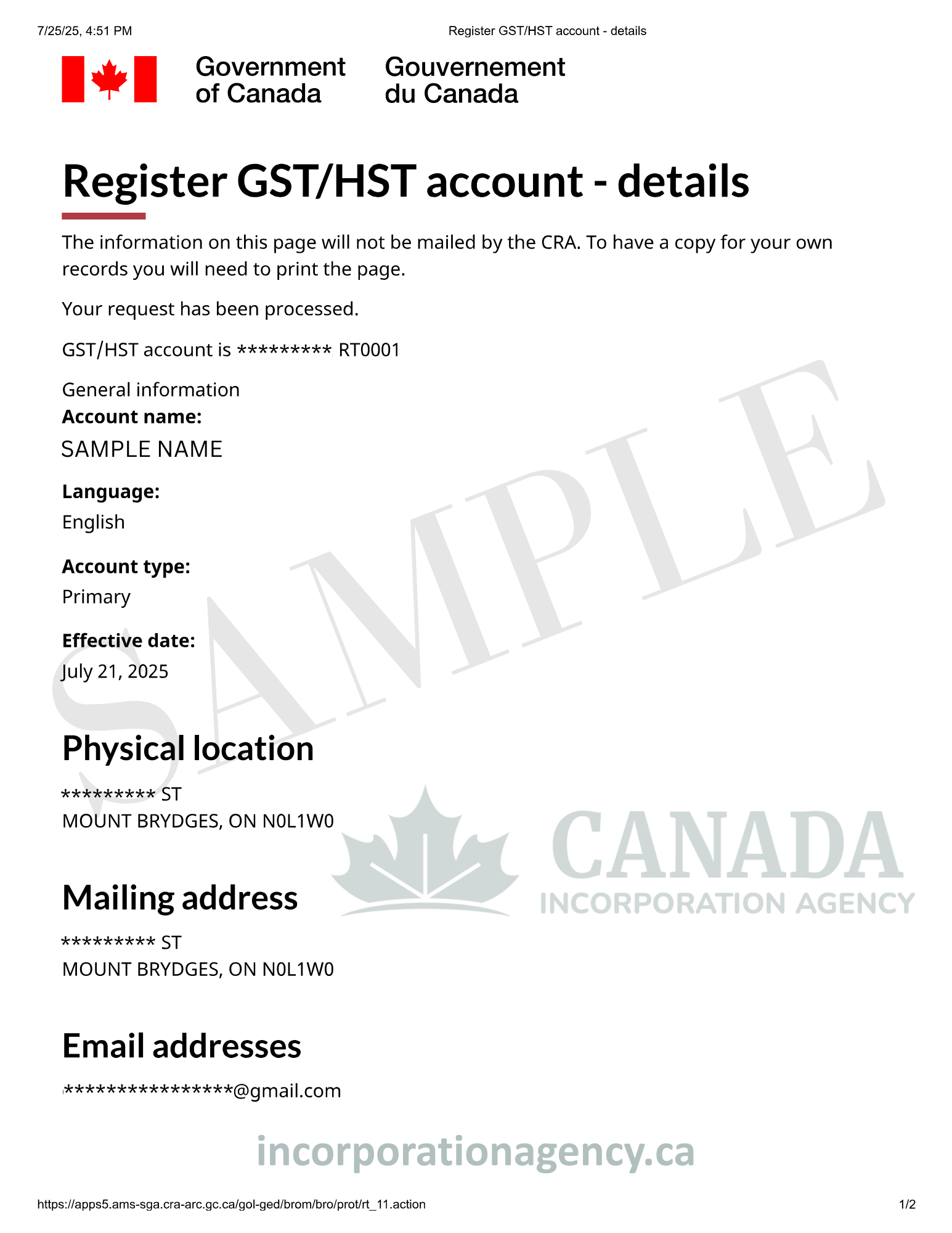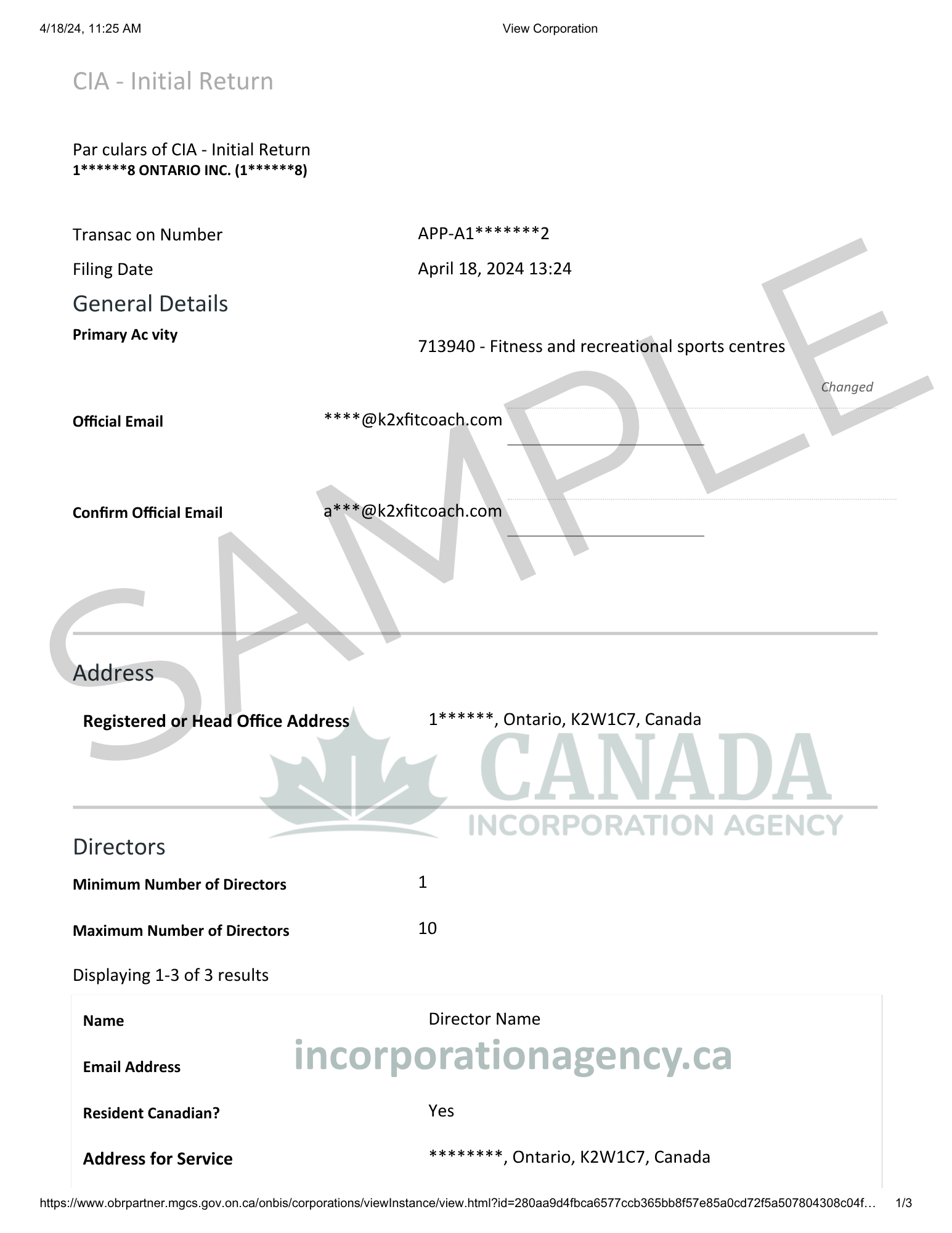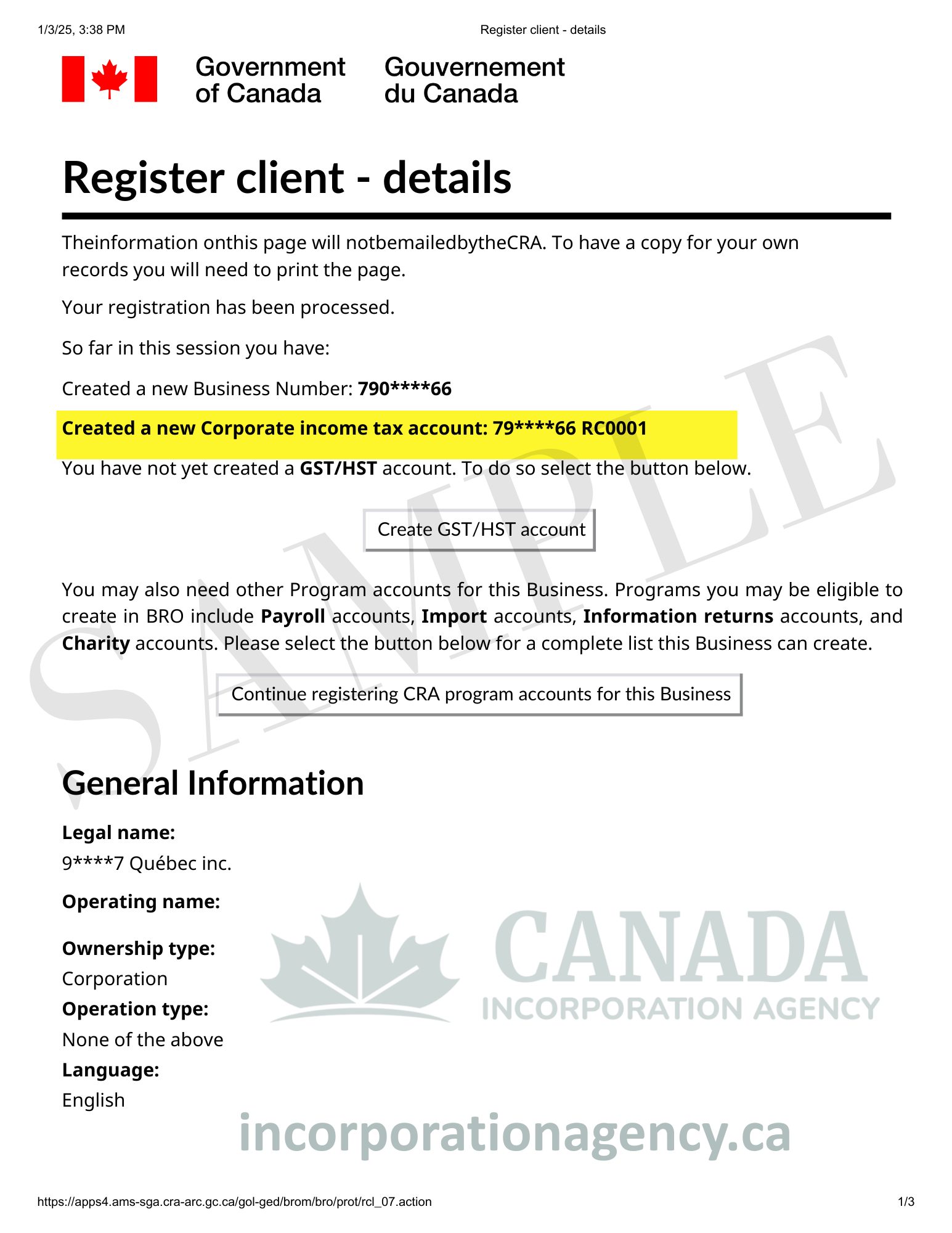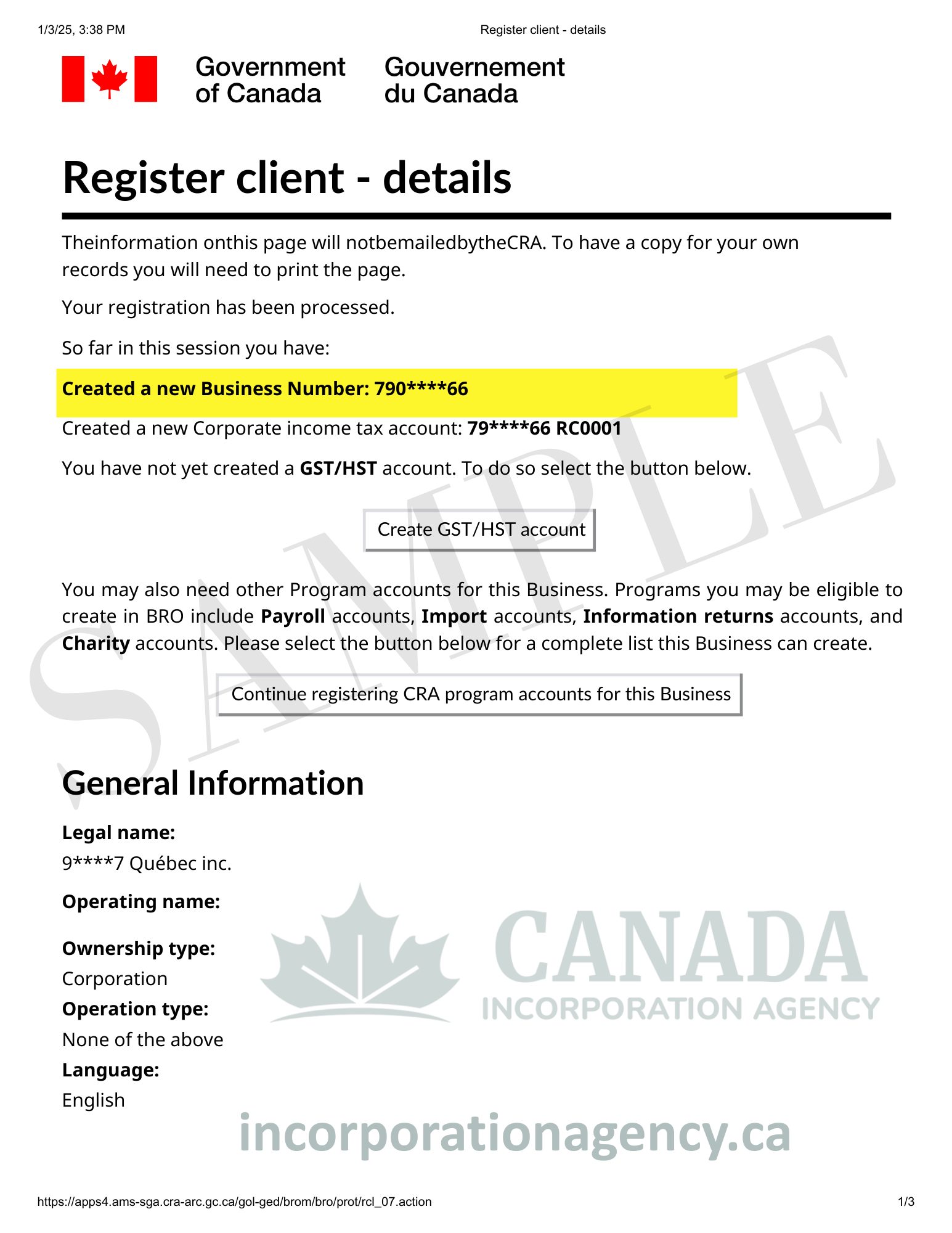Do you and your friend want to start a business? Perhaps both of you are making some kind of craft, like a handmade soap, or both of you are starting a dog-walking business. Whatever your aspiration is, a general partnership in Manitoba might be exactly what you need!
Don’t panic if “partnership” is a word that frightens and sounds serious. By the end of this article, you’ll know how to register your business partnership in Manitoba, and dear reader, I guarantee to make it fun as telling how to make a sandwich (although a bit more paperwork involved).
What Is a General Partnership in Manitoba?
A general partnership is when two or more people decide to run a business together and share everything – the work, the profits, and yes, even the headaches. Think of it like having a business roommate!
Here’s the cool part: in Manitoba, general partnerships are pretty straightforward. Unlike corporations with their fancy paperwork and complicated rules, partnerships are the “easy button” of business structures. You don’t need to file tons of documents or jump through flaming hoops (thankfully). If you’d like to take a closer look at the incorporation and partnership comparison, here it is:
| Feature | General Partnership | Corporation |
|---|---|---|
| Legal Structure | Two or more individuals run a business together; not a separate legal entity. | Separate legal entity distinct from its shareholders. |
| Liability | Unlimited personal liability. Partners are personally responsible for business debts. | Limited liability. Shareholders’ personal assets are generally protected. |
| Registration | Requires registration with the relevant provincial registry (e.g., REQ in Quebec, SNB in NB). | Incorporation documents filed provincially or federally, depending on business choice. |
| Cost to Start | Relatively low; minimal filing fees. | Higher; includes incorporation fees and possible legal/accounting costs. |
| Taxes | Income flows through to partners’ personal tax returns; no corporate tax. | Corporations are taxed separately; potential for lower corporate tax rates. |
| Management | Managed directly by partners according to a partnership agreement. | Managed by directors and officers; formal governance required. |
| Paperwork & Compliance | Minimal; mainly registration and occasional updates. | Ongoing compliance: annual filings, corporate records, shareholder meetings. |
| Profit Distribution | Flexible; determined by the partnership agreement. | Paid as dividends or salaries; regulated by corporate laws. |
| Raising Capital | Limited to partner contributions or loans. | Easier to raise funds by issuing shares or attracting investors. |
| Best For | Small businesses, freelancers, family-run operations. | Growing businesses, startups seeking investors, or those needing liability protection. |
Why Would Anyone Choose a General Partnership?
Great question! Here are some awesome reasons:
- Super easy to set up – Seriously, it’s one of the simplest business structures
- Cheaper than other options – Your wallet will thank you
- Flexible management – You and your partner(s) can divide tasks however you want
- Tax benefits – Income flows through to partners’ personal tax returns (no double taxation!)
- Shared responsibilities – Two heads are better than one, right?
Step-by-Step: How to Register Your General Partnership in Manitoba
Okay, enough background information. Let’s get on with the good stuff—the actual registering. Spoiler alert: it’s surprisingly easy.
Step 1: Select Your Partnership Name
First things first – you need a name! This is the fun part. Your partnership can operate under your names (like “Smith and Johnson”) or a cool business name (like “The Soap Squad”).
Pro tip: If you’re using a business name that’s different from your actual names, you’ll need to register it. Make sure your name isn’t already taken by checking Manitoba’s business name registry.
Name Rules to Know:
- Cannot be similar to already registered business
- Not allowed to mislead or offense (no “Definitely Not a Front for Something Sketchy LLC”)
- Must include words like “and Company” or “& Co.” if it doesn’t include all partners’ surnames
- Can’t use the incorporation legal elements in the name (no “Inc.” or “Ltd.”)
Step 2: Conduct a Name Search
Before you get too attached to “Synergy Solutions Supreme,” verify if it is available. Nuans Canada Online Service allows you a search for business names that exist.
Cost: Approximately $30 for a search for a name. Worth it to avoid having to rebrand before you even start.
Step 3: Create a Partnership Agreement Manitoba
A partnership agreement Manitoba businesses use is basically your friendship contract. While Manitoba doesn’t legally require you to have a written agreement, NOT having one is like going on a road trip without a map – you might get there, but it’ll be way more stressful.
Your partnership agreement should cover:
- Who owns what percentage – Are you splitting things 50/50? 60/40?
- Who does what – Maybe Sarah handles marketing while Tom manages finances
- How profits get divided – This might be different from ownership percentages
- What happens if someone wants out – Always plan for the “what ifs”
- How decisions get made – Voting? Consensus? Rock-paper-scissors?
Think of this agreement as your business prenup. It might seem awkward to discuss now, but future you will be SO grateful.
Step 4: Register Your Partnership
Online Filing (the modern way):
- Go to Canada Incorporation Agency website
- Create an account (if you don’t have one)
- Complete the online registration form
- Pay the fee with a credit card
- Boom, you’re done! Our filing agent will contact you to confirm all the provided information and will register your Manitoba partnership within the chosen queue.
Step 5: Fill Out the Registration Form
The registration form asks for pretty basic info:
- Partnership name (if you’re using one)
- Business address (not a P.O. box—they want a real location)
- Nature of business (what you actually do)
- Partners’ names and addresses
- Date the partnership started
- If it’s a limited duration partnership, when it ends
Nothing too scary. Just be accurate because corrections are annoying.
Step 5: Get Your Business Licenses
According to what you’re doing and where, you may need extra licences:
- Municipal business license – Most cities need this
- Professional licences – If you are in a licensed profession
- Industry-Related permits – Restaurants, buildings, etc.
Step 6: Get a Business Number (BN) from the CRA
Head to the Canada Revenue Agency and register for a Business Number. You’ll need this for:
- GST/HST account (if your revenue is over $30,000)
- Payroll accounts (if you’re hiring employees)
- Import/export accounts (if applicable)
This can be done online through the Canada Incorporation Agency service.
Step 7: Open a Business Bank Account
Keep your business finances separate from your personal stuff. Future You (and your accountant) will thank you.
Most banks will want:
- Your partnership registration
- Your partnership agreement
- ID for all partners
- Your Business Number
FAQs About General Partnerships in Manitoba
Do I need a lawyer to draft a partnership agreement?
No, you don’t have to hire a lawyer to draft your partnership agreement. If you don’t know how to do it – don’t worry, just contact the Canada Incorporation Agency, and we will do it for you.
What’s the difference between a general partnership and a limited partnership?
Under a general partnership, all partners are equally responsible for decisions, as well as for debts, of course. A limited partnership consists of general partners (those who operate things and are personally liable) and limited partners (those who invest funds, but have limited liability and limited say-so). A majority of small businesses are incorporated as general partnerships.
Can a general partnership consist of a single individual?
No way! By a definition, a general partnership must have at least two individuals. If you’re doing a business alone, you can explore sole proprietorship or incorporation instead.
How do I dissolve a general partnership in Manitoba?
Partnerships dissolve by consent, when a partner quits or dies, or by provisions of your partnership arrangement. You’ll want to inform the Companies Office, pay off all debts, allocate surplus assets, and file final taxation returns. The Manitoba act of partnership offers the framework for dissolution.
Final Thoughts: You've Got This
Starting a general partnership Manitoba entrepreneurs doesn’t have to be scary or complicated. With the right preparation, a solid agreement, and open communication with your partner(s), you’re setting yourself up for success. And if you ever get overwhelmed, contact the Canada Incorporation Agency, visit our website or give us a call at 647-945-8893, and we will help to clarify all the information about general partnership registration in Manitoba.






